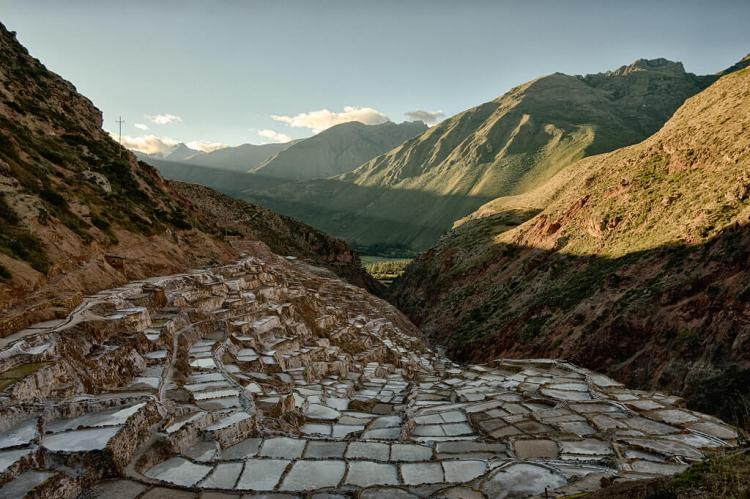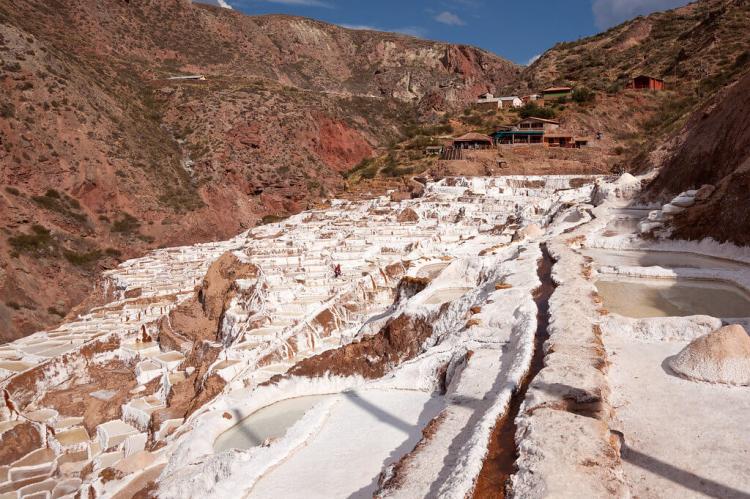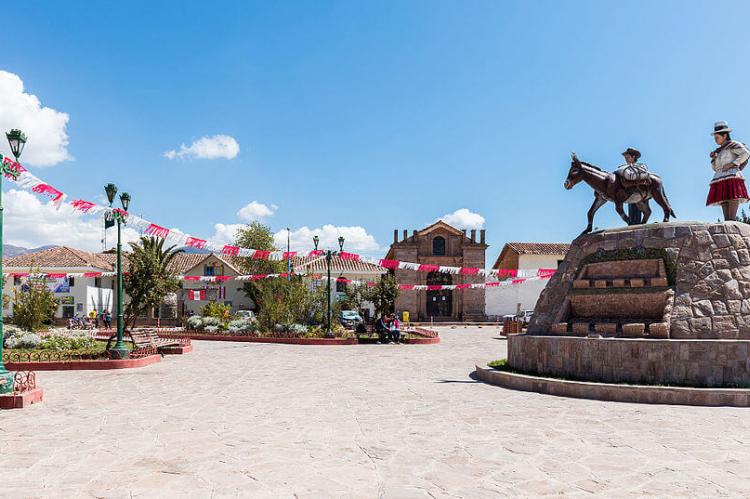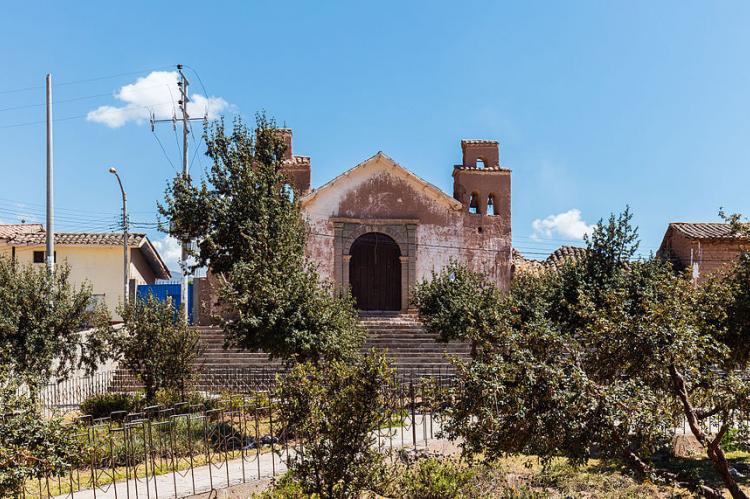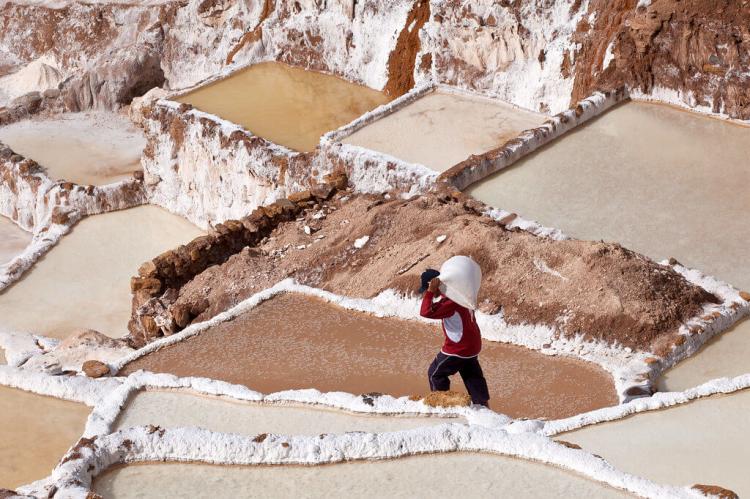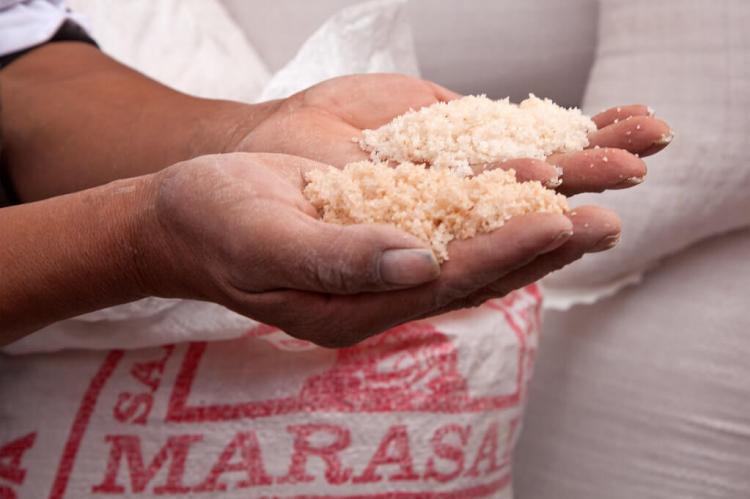Maras: A Hidden Gem of the Sacred Valley of the Incas
Nestled in the heart of the Sacred Valley of the Incas, the town of Maras stands as a testament to Peru's rich cultural heritage and natural wonders of Peru. This quaint village features picturesque streets, colonial architecture, and the remarkable Salineras de Maras dating back to pre-Incan times.
Maras: A Hidden Gem of the Sacred Valley of the Incas
Nestled in the heart of the Sacred Valley of the Incas, the town of Maras stands as a testament to Peru's rich cultural heritage and natural wonders of Peru. This quaint village, located approximately 45 km (28 mi) north of Cusco, has captured the hearts of visitors with its picturesque streets, colonial architecture, and the remarkable Salineras de Maras—a salt mining marvel dating back to pre-Incan times.
The Town of Maras: A Living Tapestry of History
Founded by the Spaniard Pedro Otiz de Orué, Maras has evolved into a thriving community that has embraced tourism as its primary economic activity. As you wander through its narrow, stone-paved streets, you'll be greeted by adobe houses adorned with intricate carvings, quincha, and tile roofs. Many homes bear stone inscriptions revealing their construction year and showcasing the lineage of previous and present owners, offering a glimpse into the town's rich history.
The town center is dominated by the imposing presence of the San Francisco de Asís colonial church, a stunning architectural marvel constructed with stone, brick, and adobe. This quaint old church, a fusion of Gothic and Mudejar styles, houses a remarkable collection of Cusquenian paintings, including depictions of the Last Supper and Jesus with his apostles.
The Salineras de Maras: A Marvel of Engineering and Perseverance
A short distance from the town center, towards Urubamba, lies the true jewel of Maras – the Salineras de Maras, or the "Salt Mines of Maras." This incredible salt-evaporation pond system, dating back to pre-Incan times, is a testament to the ingenuity and resourcefulness of the ancient civilizations that once called this region home.
Geological Wonders
The formation of the Andes Mountains through tectonic plate movement trapped ancient sea salt within the rocks. Over time, this salt began filtering out through the Qoripujio spring, a hot spring discharging a small stream of heavily salt-laden water. This stream was diverted into strategically dug ponds, each approximately four square meters (43 square feet), staggered down the valley in terraces.
An Intricate Network of Channels
An intricate network of channels feeds the spring water into the salt ponds, with each pond's keeper carefully controlling the water flow by opening a notch in the side wall. While no transcribed record of the ponds' creation exists, they seem to have been passed down and expanded by a few owners over hundreds of years.
The Salt Harvesting Process
Each pond is approximately 30 cm (12 in) deep, and once filled, the water evaporates in the dry Andean air. When a crusty layer of salt forms on the surface, the keeper scrapes it with a wooden baton, collecting the salt in baskets to drain. With over 4,500 salt ponds, some owned by families and others left unused, the Salineras de Maras produces between 160 and 200 tons of salt annually.
UNESCO World Heritage Tentative List
In recognition of its universal cultural and natural significance, the Salineras de Maras was added to the UNESCO World Heritage Tentative List in 2019, further solidifying its status as a remarkable testament to human ingenuity and the natural wonders of Peru.
